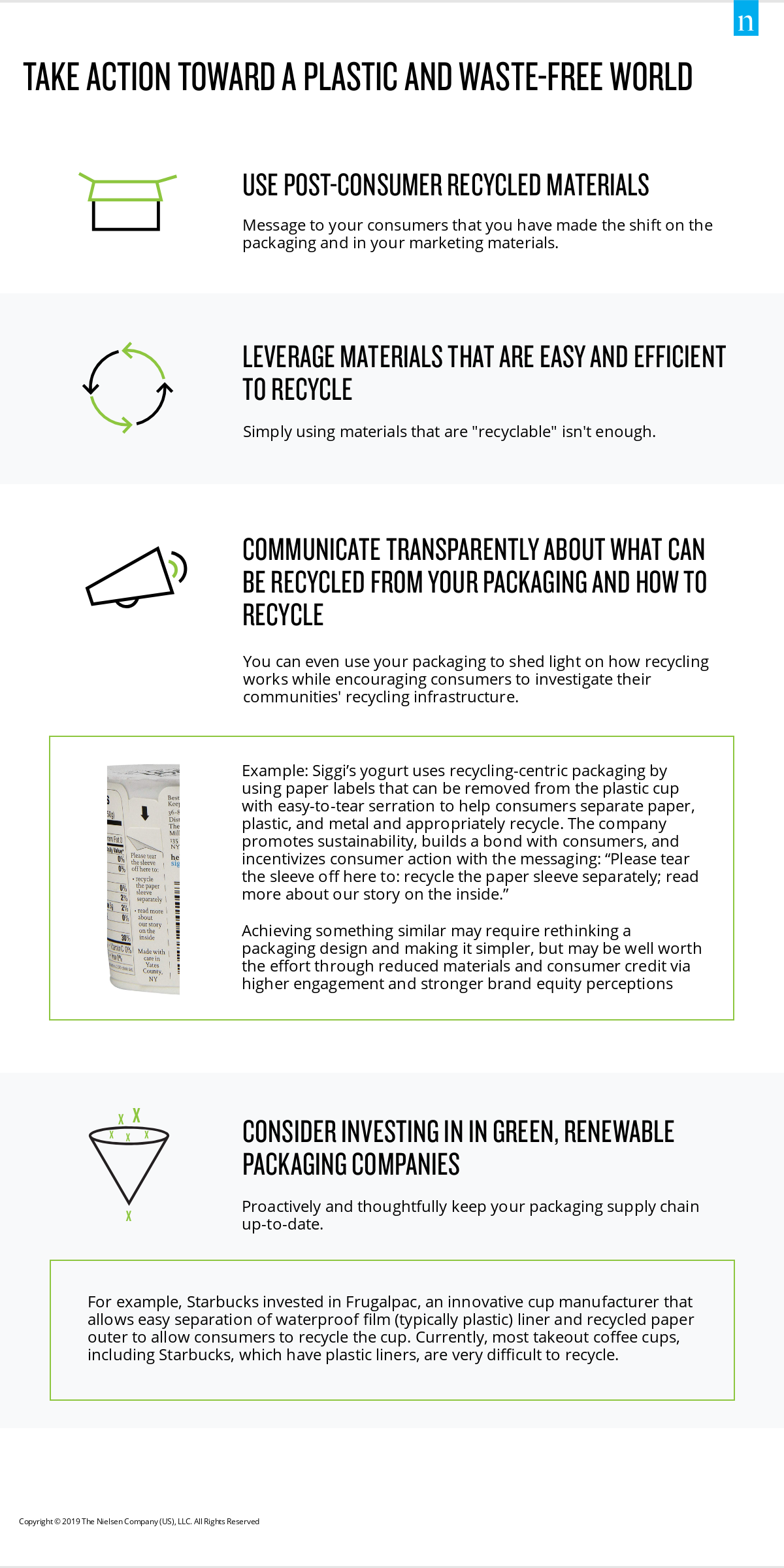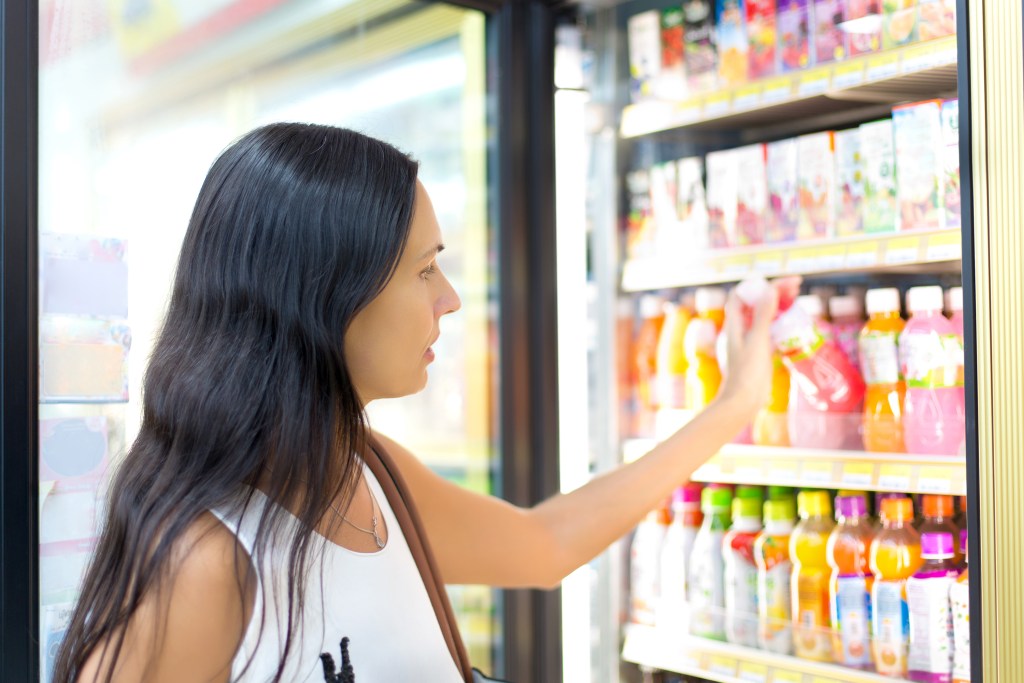Have you ever asked yourself any of the following questions: “Now really, how much better is a paper grocery sack versus a plastic one? Didn’t I hear that paper manufacturing is a water and energy intensive process?” or “Should I feel like I’m being a bad human being if I use a plastic straw?” or “Which would be better for the environment…the refillable glass milk jar (that I don’t actually refill) or the white, foggy plastic gallon jug? or “What about the multi-layered milk carton that is coated in plastic and covered with ink…is that a better choice?”
Across all the various, diverse forms and styles of product packaging (e.g., paper, plastic, glass, and metals), the true environmental impact of our purchases is difficult for consumers to quantify and compare. If you take the time to consider the entire life cycle of the material, from product production all the way to the recycling center, processing facility, or landfill, you’ll probably cause a traffic jam in the checkout line.
How do consumers evaluate sustainability in a world full of disposable conveniences?
Importantly, we know that global consumers tell us they want to live more sustainable and mindful lives. As cited by NielsenIQ’s recent global sustainability report, 81% of respondents feel strongly that companies should help improve the environment by implementing programs to this effect.
We also know that we produce a lot of trash. The most recent figures from the Environmental Protection Agency (EPA) indicate that Americans generate more than 4 pounds of trash per person per day, on average. So it makes sense that consumers are drawn to corporate programs that make them feel better about lightening that load or improving the polluted cities they live in. “Recycling” you say, “isn’t that the answer?” In the U.S., we do recycle a lot, about 68 million tons, according to the EPA.
But, it’s really not that simple
The problem is that we are far from having a fully efficient system. Recycling is a complex industry. It’s also constantly evolving, as detailed in a recent post from Mill Valley Refuse, a trash and recycling company located just north of San Francisco. The post states that it can no longer accept milk cartons and aseptic packaging for recycling, stating that “It is very difficult (and sometimes impossible) to secure an order for this material grade. While this type of packaging is technically recyclable, …[the right type of] paper mills …are not located in all regions of the country and none are located on the West Coast.” So now, in a town just north of San Francisco, “paper” milk cartons go straight to the landfill. But this isn’t just the tale of one town. In fact, only seven U.S. states have mandatory plastic recycling related legislation. That means that as various materials become unprofitable within the recycling ecosystem, they are diverted back to landfills.
We see cities all over the world taking steps to begin banning specific types of single-use plastics in an effort to help, but the sustainability issue is much larger than single-use plastics. According to the EPA, 13% of the solid waste in the U.S. is plastic, while another 28% is food or yard trimmings, which should be composted, but the vast majority of all of this ends up in landfills or combustion facilities. Despite our best intentions as consumers, the complexities of the current system can be overwhelming when we don’t know where to start. Companies and brands are often faced with the same dilemma. Since the demand for sustainability shows no signs of slowing, finding a way to work together toward the future that we all want is going to be imperative.
How can companies and brands begin to approach a plastic and even waste-free world?
Some companies take the world’s long-term sustainability to heart and build their entire brands around it. But not all companies have incorporated consumer beliefs and expectations around sustainability into their corporate business models. Because recyclable packaging and labeling isn’t enough for consumers, it shouldn’t be enough for brand managers, either. However, even if your company isn’t ready to dive into the deep end of sustainability, it’s important to take steps in the right direction. There are plenty of smaller commitments that can be made to demonstrate that you care.
Today, we believe companies and brand managers should decide to either:
- Take a holistic approach to sustainability
- Take active steps in a sustainable direction. This proactivity can limit exposure on the next big issue and position companies and brands as friendly partners in consumers’ quest to give back to the environment.
Here are a few actions you can consider taking to stay ahead in society’s journey toward a plastic and waste-free world while earning credibility and growth by staying in consumers’ good graces:

Parting thoughts
There are many steps that companies and brands can take that are aimed in the right direction. We need more transparency about the true environmental impact of various materials and clearer communication around the recycling methods and the realistic end state. Given that it’s nearly impossible to predict the next consumer-driven sustainability trend, the key is to start taking steps in a sustainable direction and make consumers aware of the steps your company is taking.
For more insight into the future of sustainability, register to attend NielsenIQ’s upcoming webinar, where we’ll share a wealth of sales trends that show that products living in the sweet spot of “healthy for me and healthy for the world” are growing in demand.



